By: Sophia Alberico
Teatre Illiure was founded on two major principles: To be an art theatre for everybody, both professional and amateur, and to be a private theatre that provided a public service.
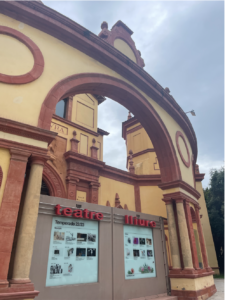
The beautiful arches and whimsical design of Teatre Illiure.
From its opening day in 1976, through their expansion into the city, and up until now, these principles have remained the same.
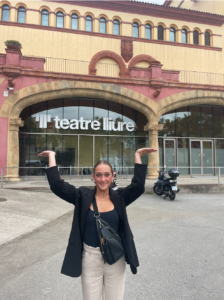
Another view of the outside façade – the audience sits behind those walls.
As the Franco regime was coming to a close and democracy was up and coming, Teatre Illiure was born.Though they were some of the pioneers of independent theatre, the movement did not start there.
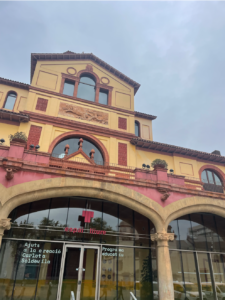
The tallest part of the building where the large stage is housed.
As the fight for dictatorship came to fruition in the 1960s, the push towards non-government run theatre was also a cause that the people of Catalonia found worthy of fighting for.
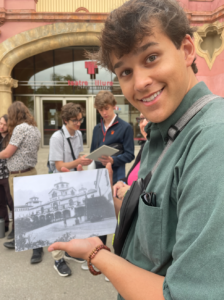
A picture of the building when it was first constructed for the World Exhibition.
With inspiration from what was happening in the rest of Europe as well as the United States, Teatre Illiure began planting its roots.

It took over 10 years for the theatre to acquire the funds and complete renovations.
The theatre started as a company founded by three directors, as well as several actors and actresses, who banded together to renovate a theatre space. Different from the Teatre Illiure establishment we see today, the original company actually opened in Gracia, a small village in Catalonia outside of the city center.
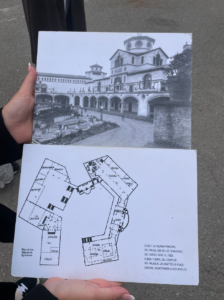
From a blueprint to the beautiful building that we can step foot in today.
Though it was not within the Barcelona city limits, the people of Barcelona as well as the village of Gracia identified with the idea of theatre, specifically independent theatre. With the success of the theatre and the public’s reaction to the movement initiated by Teatre Illiure, the expansion began.
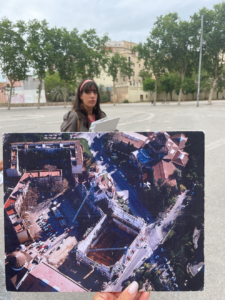
The large theatre in process.
Following their success as an independent theatre in Gracia with an audience connected to the city of Barcelona, Teatre Illiure began their expansion towards the city center.
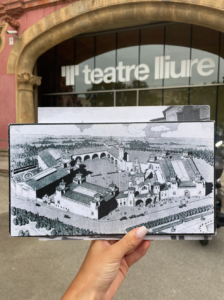
A look at the plaza in its original state during the World Exhibition.
In 1986, they asked the administration for a bigger space, and in 1989, City Hall offered the company the space they currently reside in which was originally built for the World Exhibition in 1962. The building was previously connected to Mercat de las Casa de la Dansa, the house of contemporary dance, owned by City Hall.
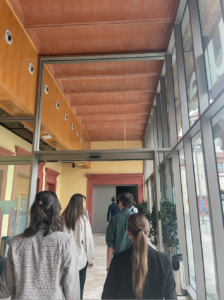
First look upon entering Teatre Illiure.
While this was a big step in the development of Teatre Illiure, this was only the start. It took several years for the organization to acquire the funds needed for a renovation to make their new space suitable for their productions. After several years of gathering finances and fulfilling renovations, the space opened in 2001.
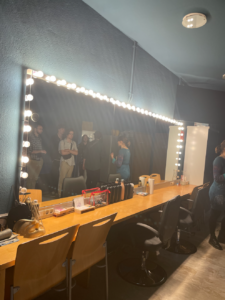
The dressing and makeup room on the first floor next to the large theatre.
Now, Teatre Illiure’s location in Montjuic has a small and a large stage, while their original Gracia location is home to their medium stage. Starting as a small theatre with large aspirations, Teatre Illiure was becoming a leading source of performing and visual art for the entire region of Catalonia.

A look backstage at the scaffolds.
Within the theatre space, Teatre Illiure created something revolutionary. Designer and innovator extraordinaire, Fabià Puigserver, took the generic theatre and turned it into something exceptional with versatility like never before.
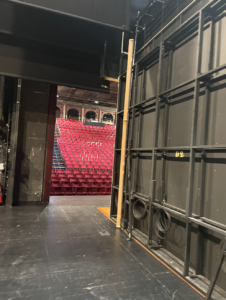
The view of the audience from the wings.
The at its most basic state, the stage is set as a proscenium, a large, raised stage in the front with raked seating going back towards the balcony. This is a very traditional setting for a theatre, specifically in Western Europe. Though this is not the limit for Teatre Illiure.
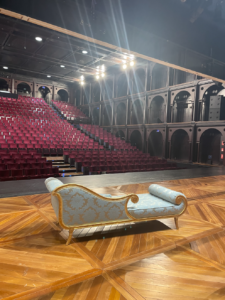
The stage from a proscenium view.
The audience space is divided into 63 squares, each measuring at 2 meters by 10 meters. Each of these squares is placed on a Spiralift machine, which was created in Canada in 1991.
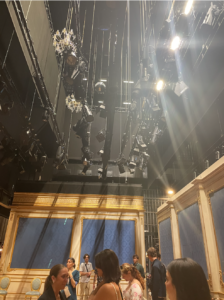
The scaffolding on stage – so much work goes into lighting a show!
This allows for each of these sections to be placed on a different level: 0, 1, 2, or 3.
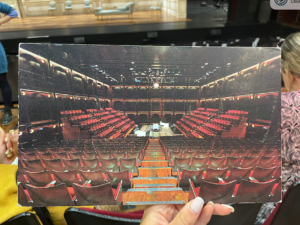
The theatre orientated to have the audience on three sides with the stage in the middle.
With these capabilities, the theatre can be orientated as a proscenium, theatre in the round, all standing space, with the audience on 2 sides, or with the audience on 3 sides.
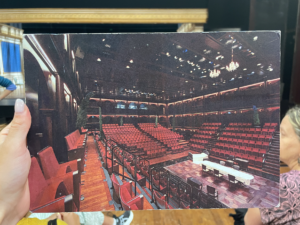
Another view of the three-sided orientation.
Teatre Illiure has remained the only theatre in the world to use this technology throughout an entire audience, as it is typically only used for the stage.
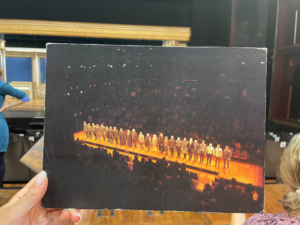
The theatre orientation as a long runway-style stage.
This feature truly sets Teatre Illiure apart from other theatres all thanks to the expertise of Fabià Puigserver.
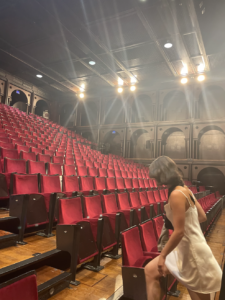
Our first look at the classic red seats and beautiful dark wood interior.
Teatre Illiure is a pioneer of its time, starting the movement of independent theatre in Catalonia.
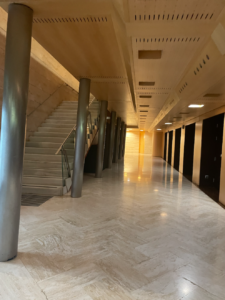
Where guests will walk from the entrance to their seats in the audience.
From the beginning of democracy in Spain to an expansion towards the city center, into the first theatre of its time, Teatre Illiure has created a reputable foundation for themselves.
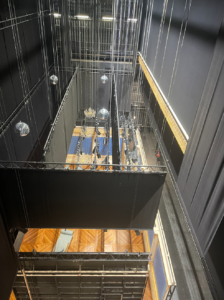
Another look at the scaffolds from a bird-eye view.
Thanks to founder and architect Fabià Puigserver, the theatre space is one of a kind, housing technology that is ahead of its time.
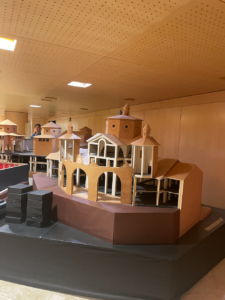
The original designs for the Teatre Illiure renovations.
The design of Teatre Illiure creates a showstopping experience beyond compare, giving its audience a professional and intimate view of the performing arts.
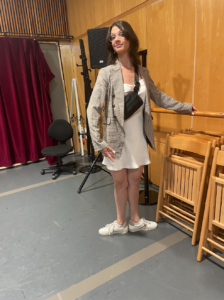
A studio used for rehearsals when groups are in residency at Teatre Illiure.
Through all of its history and into its bright future, Teatre Illiure has stayed true to their two founding principles: A performing space created for everything and everyone that provides a public service through independent theatre.
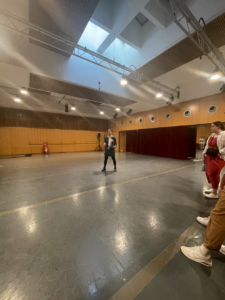
This is the biggest rehearsal space at the Teatre Illiure facility.